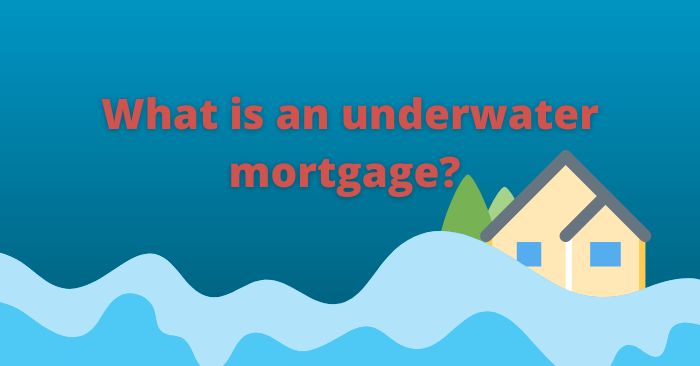
Due to the quick nature of the real estate market and other economic conditions, some may find they owe more on their home than what the property is actually worth. This can be problematic for a multitude of reasons.
What is an underwater home?
When the value of your property falls, yet you still owe the balance of the original loan amount, this is called an underwater mortgage and is sometimes referred to as an upside-down mortgage.
Can you refinance if your house is underwater?
Many mortgage lenders require at least 20 percent equity to be built up before funds can be released, so if you have an underwater mortgage, you won’t be able to refinance the property.
However, if you have an existing mortgage loan that started prior to May 31, 2009, you may qualify for the HARP program which allows you to refinance your house regardless of it’s underwater status.
What are your options if your mortgage is underwater?
If you’d like to start fresh, you may consider selling your home, however you’ll need cash in hand to cover the difference still owed to your mortgage lender.
You may also consider speaking with your lender to conduct a short sell on your home. This would mean they would sell your house for less than what you currently owe, losing them money, so this isn’t the most ideal solution. It’s usually only agreed upon if it’s demonstrated you can no longer make mortgage payments on the property.
Being underwater on your mortgage may feel scary, however, working with your lender, you can map out the best solution to gain stability.
About the Author
